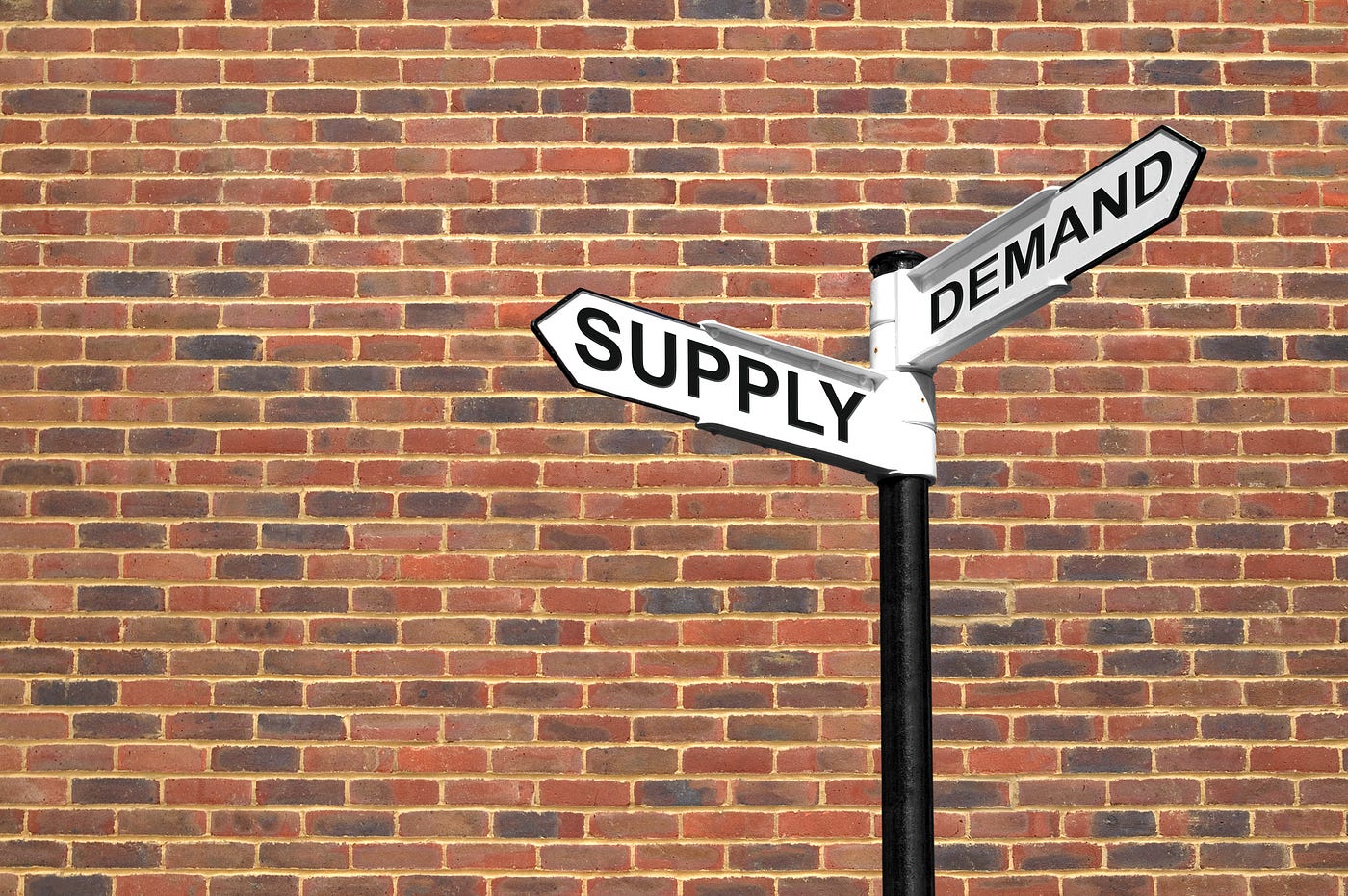The first time you heard the term Non-Fungible Token (or NFT), it’s quite possible your reaction, much like mine, was “What the Fung?!’
Though certainly not the most palatable of terms, non-fungibles are actually a pretty simple concept and can be used in a variety of cool and exciting ways to add and exchange value in our world.
They’re also a massive industry. In July this year, the non-fungible token economy passed $100,000,000 USD in volume!
Here at Sylo, we think NFT’s are really interesting. So today, with an eye to future development, I’m going to take you through the fundamentals.

First, let’s get our heads around that ‘F’ word — What does it mean to be fungible or non-fungible?
When an item is fungible, for example, a token — it is interchangeable with other tokens of its same kind. There are no defining features of that specific item. It can be seamlessly replaced by something identical to itself.
For example, if you lend your friend a $10 bank note, it doesn’t matter if they give you the same note or a different $10 note when they pay you back. It’s still $10.
However, when an item is non-fungible, although two items may look to be identical at a glance, each will have unique information or attributes that make them irreplaceable or impossible to swap.
An example of this could be plane tickets. No two airline tickets are the same — they have different passenger names, departure times, seat numbers, baggage allowances, airline memberships, and destinations. Randomly exchanging your plane ticket with anyone will have serious consequences.
Another example could be a vinyl. If I have a copy of Fleetwood Mac’s Rumours album on vinyl that was printed in 1977 and signed by Stevie Nicks, it might sound the same but it is not the same in terms of collect-ability, rarity or provenance as your Rumours vinyl that was bought brand new in 2020 off Amazon.

Most cryptocurrency tokens are fungible, for example, BTC or SYLO.
If you send your friend BTC via your Sylo Smart Wallet and they send it back to you, you won’t be able to tell the difference between them. The tokens are identical — it’s the market value of the token that matters.
Again, like the SYLO token, fungible tokens are often built using a standard called ERC-20.
In contrast, non-fungible tokens are often built using a standard called ERC-721.
Think of Non-Fungible Tokens like digital Pokemon trading cards. Some are far more rare than others, each have unique information and… they are always whole or complete.

Fungible ERC-20 tokens are divisible — you can send or receive a fraction of a Bitcoin, Ethereum or SYLO — but just like how you can’t trade your friend 0.5 of a Pokemon card, you can’t send someone half a NFT.
So all this is great… but what’s the point? Why bother to make tokens or other items non-fungible?
Your wallet can contain your profile, your contacts, your money and also your NFT assets. This wallet and its contents are whole-owned by you and are portable through any apps that you use. Anything that you purchase or earn in an app, business or game could (pending developers support) go into your wallet and it is verifiably owned by you.
That means that assets users earn, trade or purchase, that once were locked inside apps and games, are now owned by them to do with as they please. It makes virtual collectable card games more like real-world counterparts, where players can sell their cards, give them to friends or do whatever they want to with them because they’re their assets.
Non-fungibles offer unique characteristics which make these assets different and digitally scarce.
And it’s this element of digital scarcity or rarity that starts to make this thing really interesting…

Enter — the law of supply and demand:
‘The law of supply and demand is a theory that explains the interaction between the sellers of a resource and the buyers for that resource. The theory defines what effect the relationship between the availability of a particular product and the desire (or demand) for that product has on its price. Generally, low supply and high demand increase price and vice versa.’
The in-built quality of digital scarcity makes non-fungible technology ideal for creating collectibles. For example, CryptoKitties, where a single non-fungible cat sticker sold for $140,000 in 2018.

But let’s step back and consider the bigger picture… At its simplest, non-fungibility is another great piece of decentralised tech for storing, creating and exchanging value. NFT’s have financial value and are bought, sold and stored like any other token, asset or investment.
A non-fungible token could be… a collectible sticker, a VIP membership, your car registration, your hotel key, your plane ticket, your house deed, your car ownership papers. Hypothetically, you could use an NFT to swap a drink, a car, a holiday… you could use one to buy just about anything!
In coming times, you’ll be able to keep NFT’s in your Sylo Smart Wallet. In the meantime, try visiting the OpenSea non-fungible marketplace via the Sylo Browser!
—
Experience the Sylo Smart Wallet now by downloading from the Google Play or Apple App stores.
For further announcements, follow Sylo on Twitter, Telegram or visit www.sylo.io
from: https://medium.com/sylo-io/non-fungible-tokens-101-31d144cbc229
-
NFTs in 2021
by justin July 6, 2022

